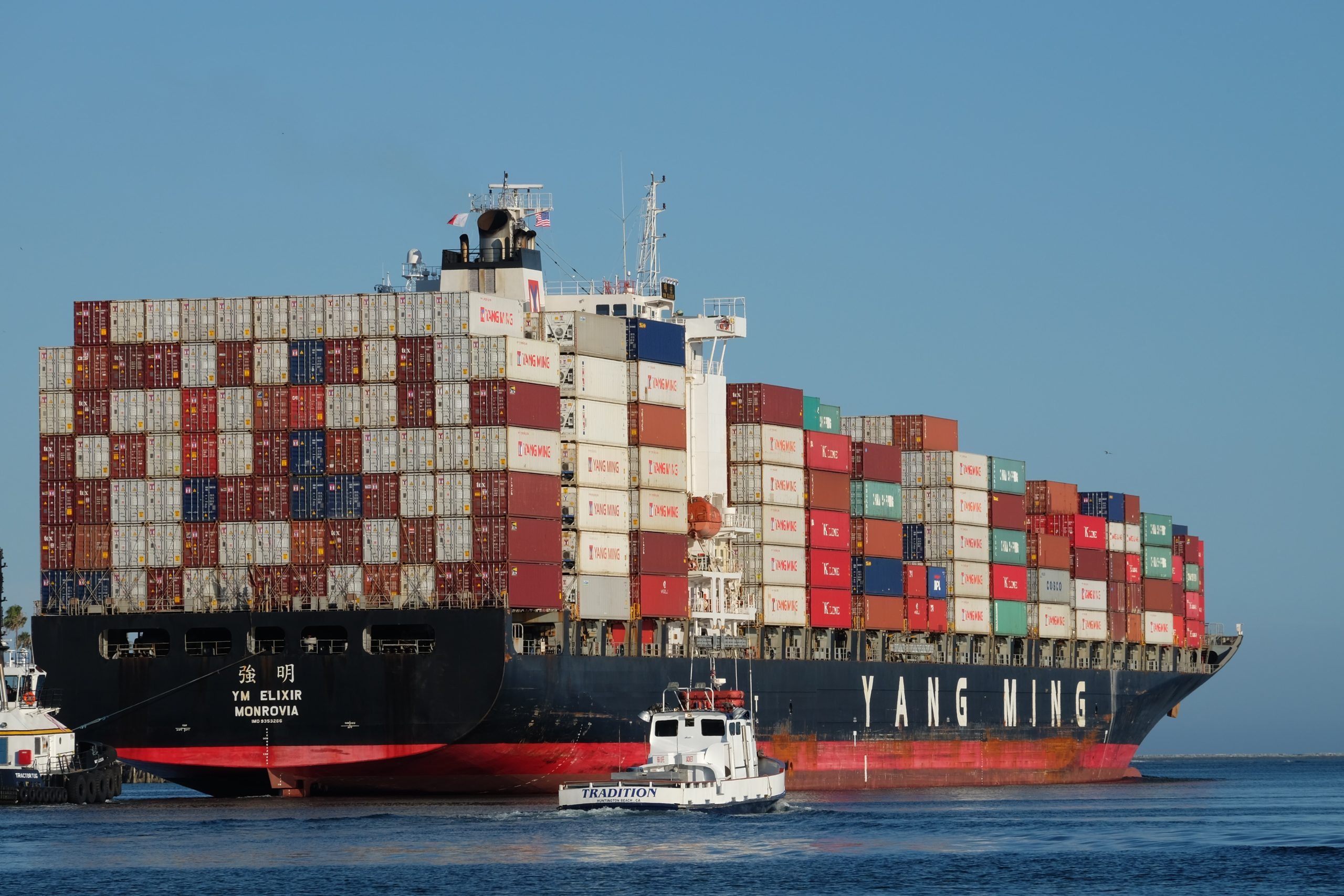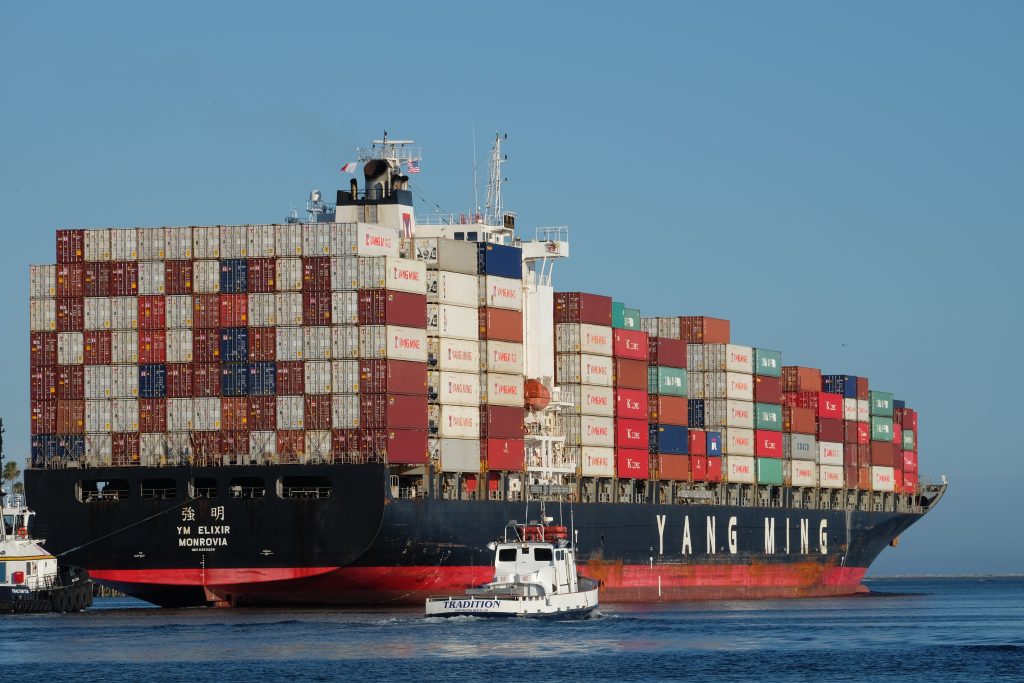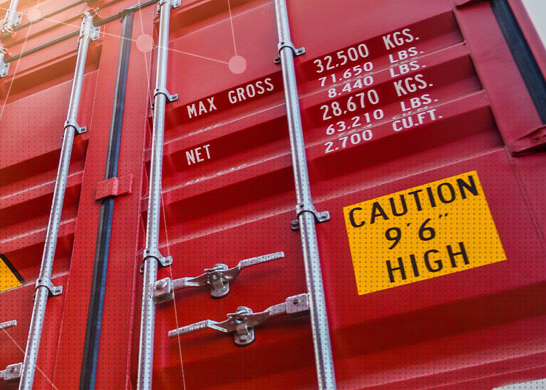
Diving deep into shipping decarbonization
- Blog
- Container Shipping
- Diving deep into shipping decarbonization
Cutting back on carbon emissions
As the COP 28 United Nations Climate Change Conference commences today, all eyes are on decarbonization in container shipping. In the past decade, greenhouse gas emissions from shipping have risen 20%, driven by legacy fleets powered by fossil fuels. While there is no one-size-fits-all solution for green shipping, some carriers are beginning to make headway with IoT technology. If the container shipping industry is expecting full decarbonization by 2050, it’s going to need some help. Alongside cleaner fuel sources and stricter environmental regulations, IoT technology is expected to play a large role in driving operational efficiency and helping shipping lines make data-driven decisions that improve sustainability.
IoT telematics solutions have been used in the refrigerated container market for the past 15 years to improve asset utilization, boost cargo security and help reduce spoilage in transit, which can result in wasted miles, poor customer service and more. While this provided shipping lines with visibility into their reefer assets as they travelled throughout the supply chain, it didn’t tell the full picture as it didn’t include dry containers.
Thanks to technological innovations, lower hardware costs and the added importance of environmental reporting, having complete container tracking, across dry and reefer, has not only become possible, but can be seen as a potential driver of sustainability efforts for the industry.
How IoT can help promote decarbonization

Telematics technology can make a big difference across an entire shipping operation. The visibility that IoT provides can help shipping lines better utilize their assets, which can lead to less unnecessary container movements and, as a result, better profit margins and shipping sustainability.
Asset utilisation is especially important when it comes to empty containers. According to Container Xchange, a third of every container in transit is empty which, according to a 2015 report, is responsible for six billion tons of carbon emissions and costs the container shipping industry between $15–$20 billion dollars every year.
Using IoT technology to better utilize your containers can also help inform procurement decisions by demonstrating what a fleet’s true potential is based on the assets at their disposal. By using each container more efficiently, fleets can maintain business operations with less of them, helping to reduce waste, cut costs and improve decarbonization.
Telematics data can also play a role in reducing reefer spoilage by continuously monitoring temperature, humidity and other parameters to ensure cargo quality is maintained. This can be vital to eliminating unnecessarily rejected cargo loads, keeping strong business relationships and limiting excess carbon emissions related to disposing of spoiled cargo and shipping replacement goods.

For reefer containers that aren’t too old to repair or retrofit, IoT telematics can help lower carbon emissions through enabling proactive maintenance, reducing unnecessary emissions by ensuring assets and equipment are running optimally.
Creating a greener future for maritime today
The need for greenhouse gas emission reductions in container shipping isn’t going anywhere. IoT technology is set to lead the charge in providing key insights and capabilities that will help green shipping become the way of the future.
Read our free whitepaper and learn how container IoT technology can help shipping lines reach their decarbonization targets and promote sustainable shipping.

Christian Allred is ORBCOMM’s Executive Vice President and General Manager of International Sales. With more than 25 years of experience in managing global sales and marketing teams in IoT, Christian is responsible for managing ORBCOMM’s international sales teams around the world across key vertical markets including transportation, heavy equipment, containers and ports and maritime.
















